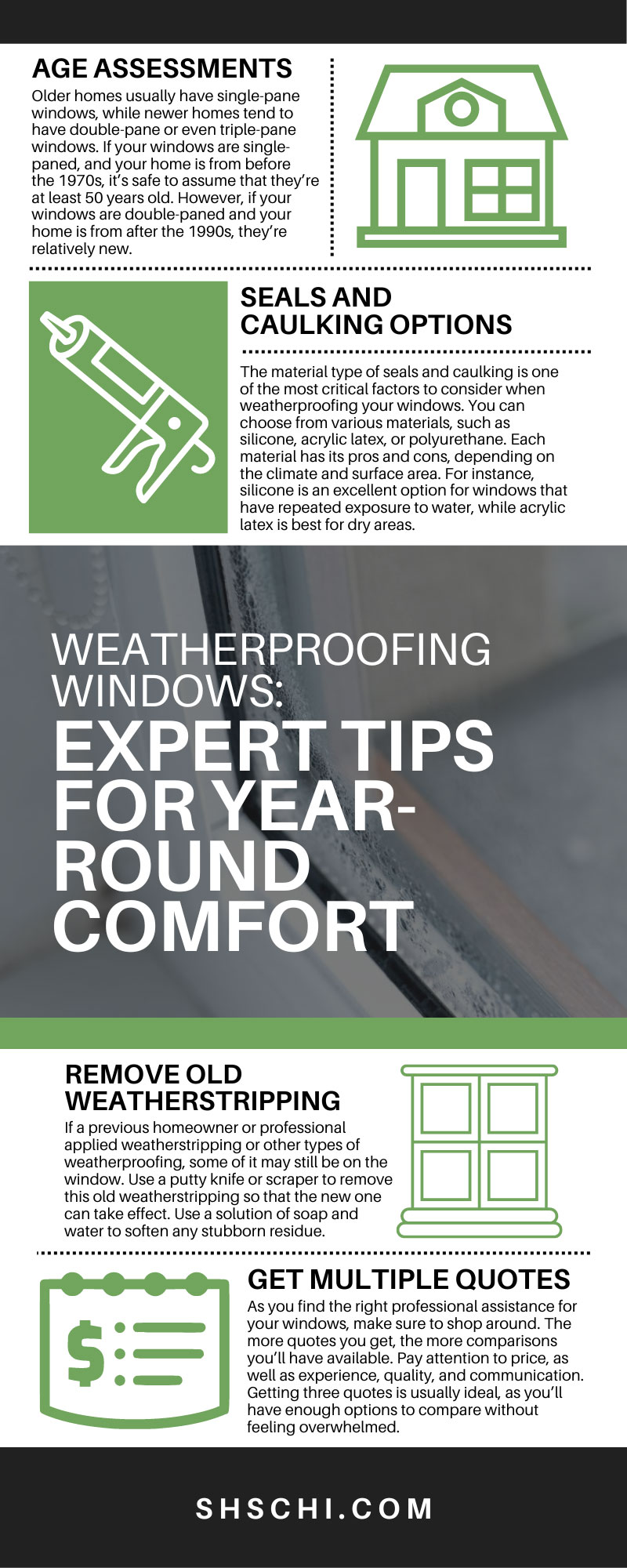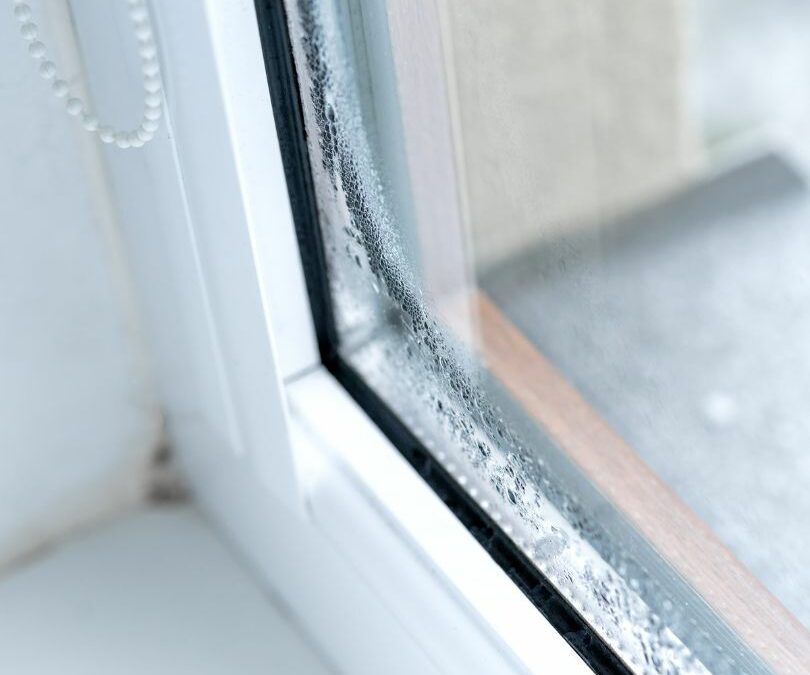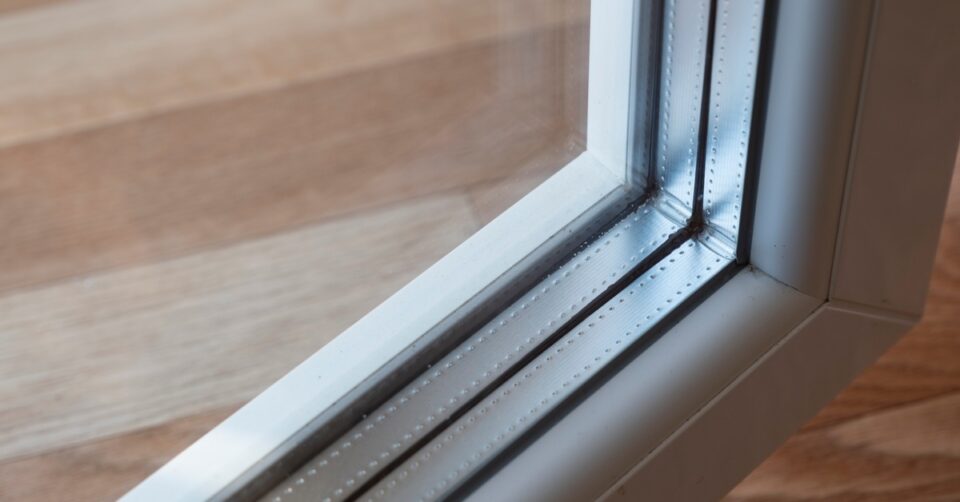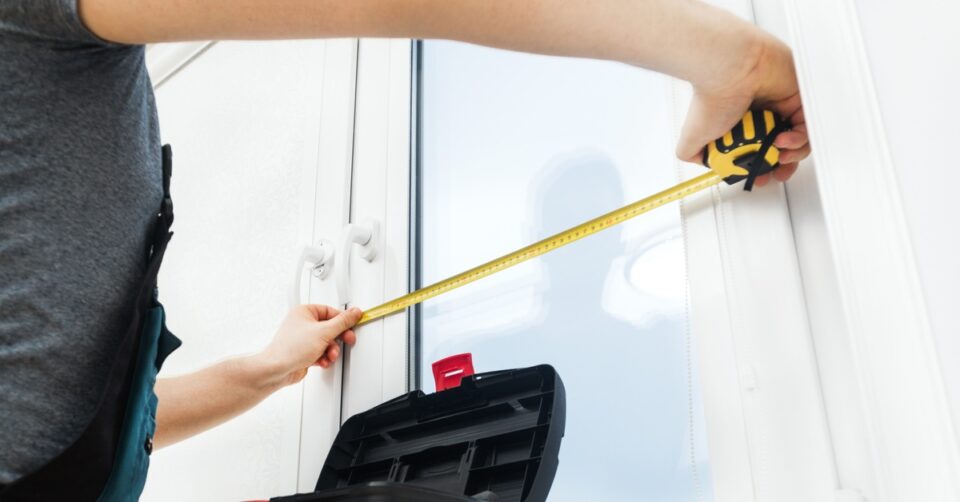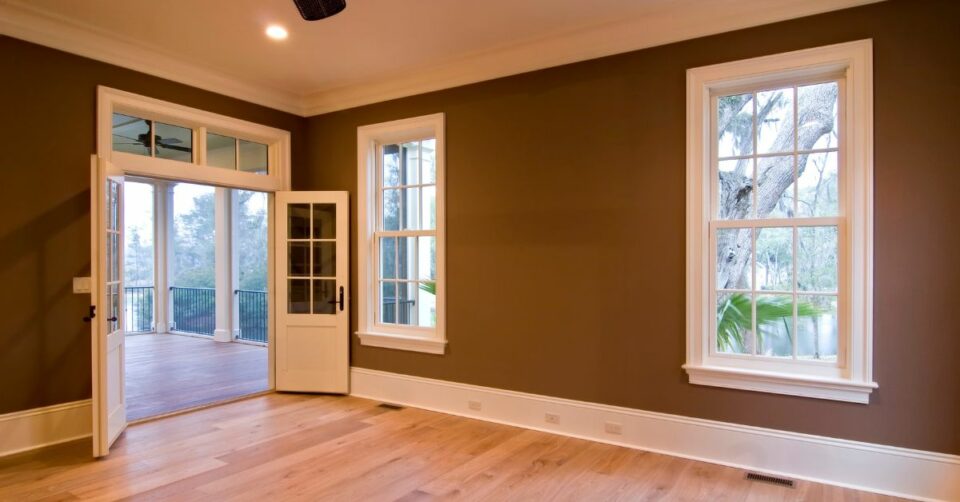
3 Signs It’s Time To Replace Your Windows
December 6, 2023
Common Terms About Windows Every Homeowner Should Know
December 20, 2023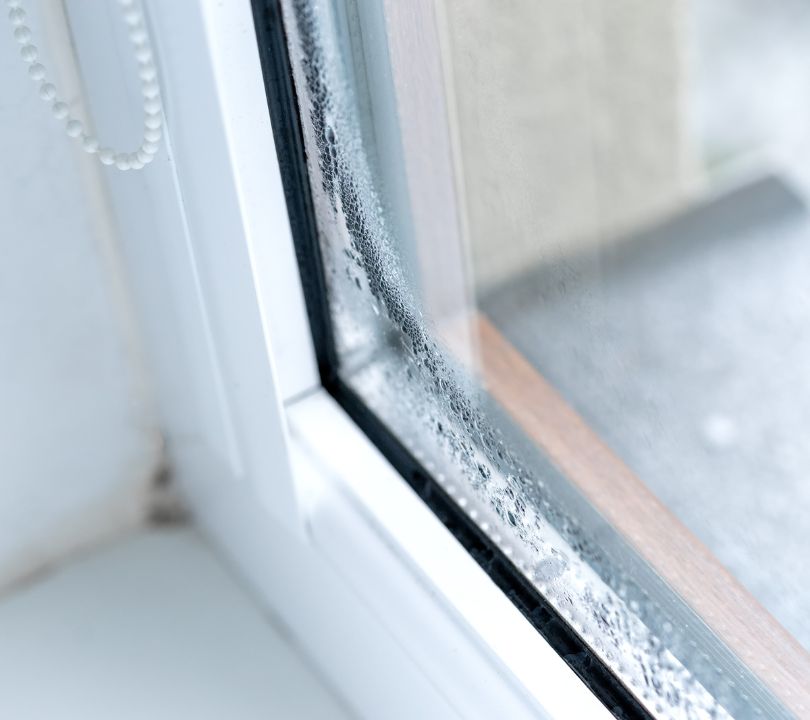
Chicago winter is no laughing matter. As we go through these long, cold months, we tend to notice more problems around our homes. One problem you may notice is the presence of air leaks and other window issues. Keep reading to get some expert tips for year-round comfort by weatherproofing windows.
Understand the Different Types of Windows and Weatherproofing
As you strive to keep your home comfortable all year, you need to educate yourself on different windows and weatherproofing. When you better understand window and weatherproofing options, you can find the solutions that work best for your home.
Window Types
While there are many types of windows, single- and double-hung types are the most popular. Single-hung windows consist of two sashes, with the lower sash moving up and down. Double-hung windows have two sashes that move up and down.
Weatherproofing Options
Whether you have those popular windows or other types, you can weatherproof them. You can use caulk to seal gaps or joints in and around windows and doors. Weatherstripping also fills these gaps, although the material is typically a type of foam, vinyl, or rubber instead of caulk. Window films, shades, and storm windows can also provide extra protection against weather elements.
How To Weatherproof Your Windows
Now that you understand the available options, you can get to work weatherproofing your windows. We’ll walk you through the process first, then dive into helpful tips for different steps in the process.
Find the Air Leak
The first step is to find the air leaks. Air leaks are where outside air enters your home and hurts energy efficiency. The best way to find an air leak is to light something that emits smoke and hold it near the window frames. Any visible movement of the smoke indicates an air leak.
Seal the Air Leak
After you find the air leak, you must seal it, or it will continue to cause problems. Choose one of the weatherproofing options we described above.
Insulate Your Windows
If you continue to experience air leaks and other problems with energy efficiency, consider additional insulation options. Some homeowners add more weatherproofing, such as window film, or DIY temporary solutions with things like bubble wrap.
Maintain Your Windows
Unfortunately, you can’t relax after you’ve fixed your windows. While your home is more comfortable, you must maintain the weatherproofing you added. Otherwise, you may experience air leaks and other problems again in the future.
Tip 1: Assess the Age and Condition of Your Windows
While finding an air leak only requires a bit of smoke, further assessments of the age and conditions of your windows can reveal more problems you need to address.
Age Assessments
To determine the age of your windows, you should start by inspecting them for any stickers or tags indicating when professionals installed them. However, if you can’t find any labels, there are still ways to guess their age.
Older homes usually have single-pane windows, while newer homes tend to have double-pane or even triple-pane windows. If your windows are single-paned, and your home is from before the 1970s, it’s safe to assume that they’re at least 50 years old. However, if your windows are double-paned and your home is from after the 1990s, they’re relatively new.
Condition Assessments
Air leaks indicate that sealants have deteriorated and need replacement. The weatherproofing options we described above can help lessen the effect of air leaks, but a professional replacement is better. Other signs of deteriorating window conditions are physical damage, such as cracks, and moisture buildup from window condensation. If you notice any of these problems, you’ll need more than DIY weatherproofing—you’ll probably need to replace your windows.
Tip 2: Choose the Right Seals and Caulking for Maximum Efficiency
While you may need professional help with your windows, you can start with DIY seals and caulking. Choosing the right seals and caulking will help your windows function at their best until you can bring in professional help.
Seals and Caulking Options
The material type of seals and caulking is one of the most critical factors to consider when weatherproofing your windows. You can choose from various materials, such as silicone, acrylic latex, or polyurethane. Each material has its pros and cons, depending on the climate and surface area. For instance, silicone is an excellent option for windows that have repeated exposure to water, while acrylic latex is best for dry areas.
U-Factor Rating
The U-factor rating of a sealant or caulking is another vital factor to consider for maximum efficiency. This rating indicates how well a product insulates and reduces heat transfer. A product with a low U-factor rating is more energy-efficient and less prone to leaks and drafts. You should choose a sealant or caulking that has a U-factor rating of 0.30 or lower. This rating ensures that you have appropriately sealed and energy-efficient windows.
Tip 3: Prep Your Windows for Weatherproofing
Before you weatherproof with your chosen caulk or alternative product, you must prepare your windows for the process. This is essential for ensuring that the weatherproofing is effective.
Clean Your Windows
Any dirt or dust left on the windows will interfere with the effectiveness of any weatherproofing products. Use a damp cloth to wipe down the surface and dry it with a dry cloth. Do this on whichever part of the window needs weatherproofing, including the exterior.
Remove Old Weatherstripping
If a previous homeowner or professional applied weatherstripping or other types of weatherproofing, some of it may still be on the window. Use a putty knife or scraper to remove this old weatherstripping so that the new one can take effect. Use a solution of soap and water to soften any stubborn residue.
Tip 4: Get Professional Assistance if Needed
Sometimes DIY solutions do the trick. At other times, especially if you notice substantial problems, you need to get professional assistance. Our last expert tip for year-round comfort through weatherproofing windows is to know when to call a professional.
Call for Major Problems
You should always call a professional if your windows show signs of major problems, such as cracks, mold, and condensation. Most of these cases require full window replacement or specialized repair, which only a professional can provide.
Get Multiple Quotes
As you find the right professional assistance for your windows, make sure to shop around. The more quotes you get, the more comparisons you’ll have available. Pay attention to price, as well as experience, quality, and communication. Getting three quotes is usually ideal, as you’ll have enough options to compare without feeling overwhelmed.
If you’ve realized you need professional assistance with your windows, Scientific Home Services can help. We’ll gladly contribute a quote to your comparison so that you can find the best company for your window needs. We provide home window repair services in Chicago, as well as new window installation.
